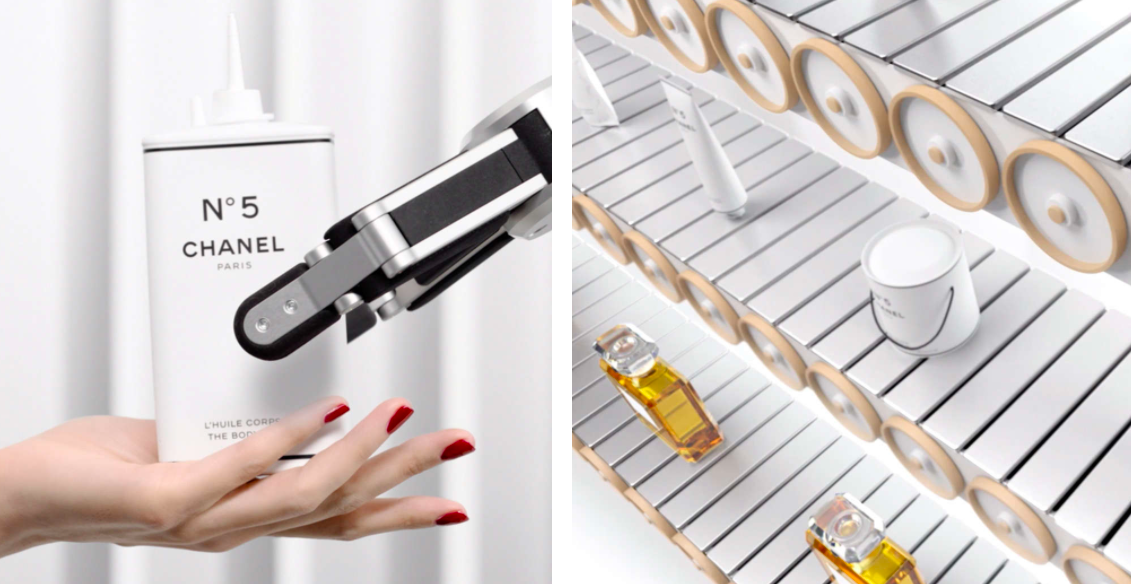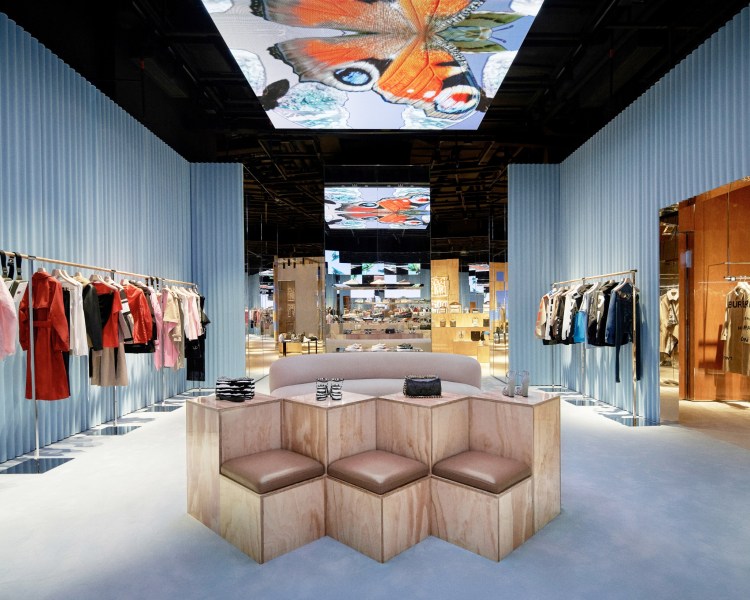
Retail
Opinion: What Does The Store of The Future Look Like For Luxury Brands?
by
Mario Ortelli | July 19, 2021
In his latest column for Luxury Society, Mario Ortelli explains why immersive experiences, digital technology and innovation are the key factors of success when building a store of the future and what this new era of retail may bring for luxury brands.
As we slowly emerge from the global COVID-19 pandemic, it has become more important than ever to rethink the store experience and tap into the desires of consumers whose behaviours have shifted towards purchasing online but who are also craving new immersive experiences that excite and engage after multiple months of lockdowns and restrictions.
While the number of purchases that are made online are rising – recent studies by major consulting firms estimate that more than 85 percent of luxury purchases are digitally influenced nowadays – the most immersive and intense interaction that luxury brands have with consumers is still the visit to a physical store, which is why brands must ensure they excel in retail in order not miss out on the golden opportunity to win over their consumers when they visit their stores.
This new environment is one that brands have to learn to navigate on their own terms but there are three important factors that form the basis of what the store of the future should have, and these are experience, technology and innovation. While they all may overlap in different ways, offering an immersive experience, leveraging the many opportunities offered by digital technology and creating something innovative to customers is how this new era of post-pandemic retail will be defined.

Experience Is Everything
When it comes to experience, this can mean an array of different things for different brands, but essentially, experience boils down to when a brand creates something memorable for their visitors, the memory of their interaction with the brand becomes what the customer associates with and comes to a brand for.
Take Chanel for instance, which recently launched a limited-edition collection of products to celebrate 100 years of its iconic No.5 fragrance. The French luxury brand created 16 different products packaged in a unique way: a paint can, an oil tin or a squeezy bottle, playing on the idea of taking an ordinary item and transforming it into desirable luxury product.
As part of the experience, Chanel created dedicated pop-up stores in cities like London and Paris, that were highly visual and innovative – transforming the spaces to look like a consumer-goods factory, with moving robotic arms handling products and its classic Chanel No.5 perfume bottle balanced neatly on a conveyer belt, perfectly encapsulating what it means today to create something that excites consumers in a new and innovative way.
So, when brands create an experience for their customers, it provides the customer with something more valuable than just a product, it enables brands to establish customer loyalty and brand equity that can last way beyond a single purchase.
This is valid also for department stores and the recently reopened La Samaritaine shows how the luxury department store should evolve by putting experience at the centre of their proposition for the customers. Not only does it feature a hotel, numerous restaurants, and a spa, but the complex was built as a “must-see destination” in Paris, where locals and tourists alike can go to experience something new and innovative, boasting exclusive pop-ups and products from different brands and a dedicated space for art exhibits, talks or workshops.
Join Luxury Society to have more articles like this delivered directly to your inbox
Experiment With Technology
The second point to consider about the store of the future is how brands can best utilise the technology available to enhance a visitor’s experience. In some cases, this can mean experimenting with newer technologies and concepts like social commerce as seen with Burberry, which implemented the use of social media to taking interactions online into their physical stores, allowing customers to unlock exclusive content and personalise their experiences that they could then share with their communities.
But in other cases, where perhaps the use of augmented mirrors or QR codes are not in line with a brand’s positioning and key audience, there are other uses of technology that can also help a brand to understand their customers better. In a world where data is king, being able to understand and analyse customer behaviour in a store can help brands to improve and reinforce the store experience.
For example, understanding how long a customer spends in your store, in which department and what products they may have interacted with, and then using that information to provide a more immersive brand experience by combining the digital and physical touchpoints of a consumer, can be key to how brands are able to win in the mind, heart and wallet of the customer.
And with the rapid evolution of technology, which is constantly updating the number of new tools that companies can use in many differently ways, it has never been easier to find multiple benefits that come from integrating technology into the store experience, whether that be visible for the consumer or just behind the scenes, according to the positioning and the image of each brand.

Versatility to Allow Continuous Innovation
The last point to consider is how nuanced brands must be about their store experience. While in the past, it may have been more traditional to create a global identity to be executed the world over, in today’s increasingly challenging retail environment, brands need to try to give their stores their own unique touch and must continuously innovate to keep the consumer engaged.
Take Moncler for example, which regularly partners on collaborations with other brands as a way to inject a sense of excitement around its products and launch them with ad-hoc installations and pop-ups. Brands have taken into consideration, that in order to engage consumers, you need to demonstrate a sense of newness and innovation that keeps their attention and fuels their desire to return.
In the future, it will become more of a necessity for brands to create more flexible store spaces in order to be able to transform them or part of them more frequently over time to showcase their ability to innovate keeping the consumers engaged.
Ultimately, a successful store of the future is one that will play with these three ingredients in various ways that work for them, and it will be up to the customers to decide. But the brands who manage to make their stores an experience in keeping with their values and identity, who make the best of the technology available to improve the customer journey and who innovate to reshape the new era of physical retail, are the ones who will win the luxury game.

